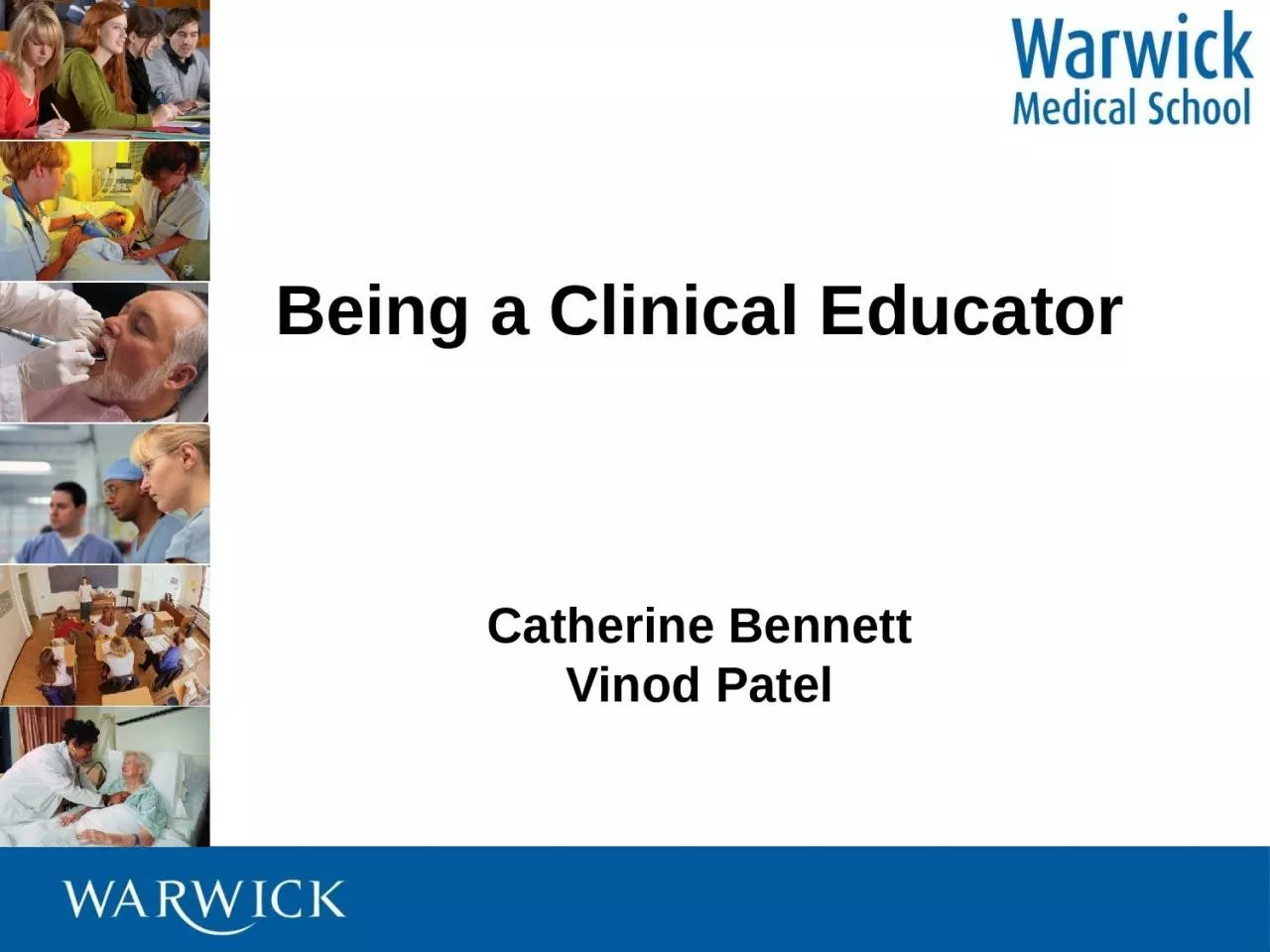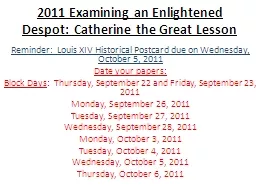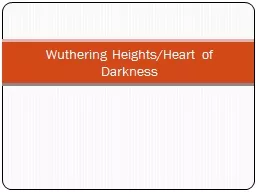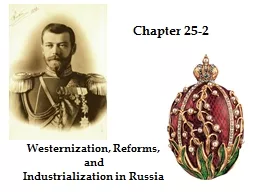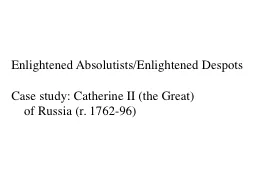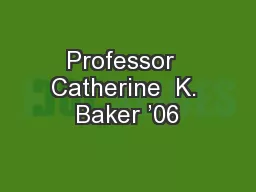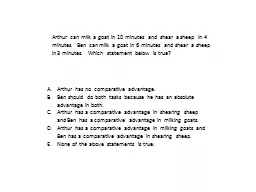PPT-Catherine Ben nett Vinod
Author : cecilia | Published Date : 2024-02-02
Patel Being a Clinical Educator What makes a good educational experience Thinking about your own experiences good and bad What makes a good educational experience
Presentation Embed Code
Download Presentation
Download Presentation The PPT/PDF document "Catherine Ben nett Vinod" is the property of its rightful owner. Permission is granted to download and print the materials on this website for personal, non-commercial use only, and to display it on your personal computer provided you do not modify the materials and that you retain all copyright notices contained in the materials. By downloading content from our website, you accept the terms of this agreement.
Catherine Ben nett Vinod: Transcript
Download Rules Of Document
"Catherine Ben nett Vinod"The content belongs to its owner. You may download and print it for personal use, without modification, and keep all copyright notices. By downloading, you agree to these terms.
Related Documents

